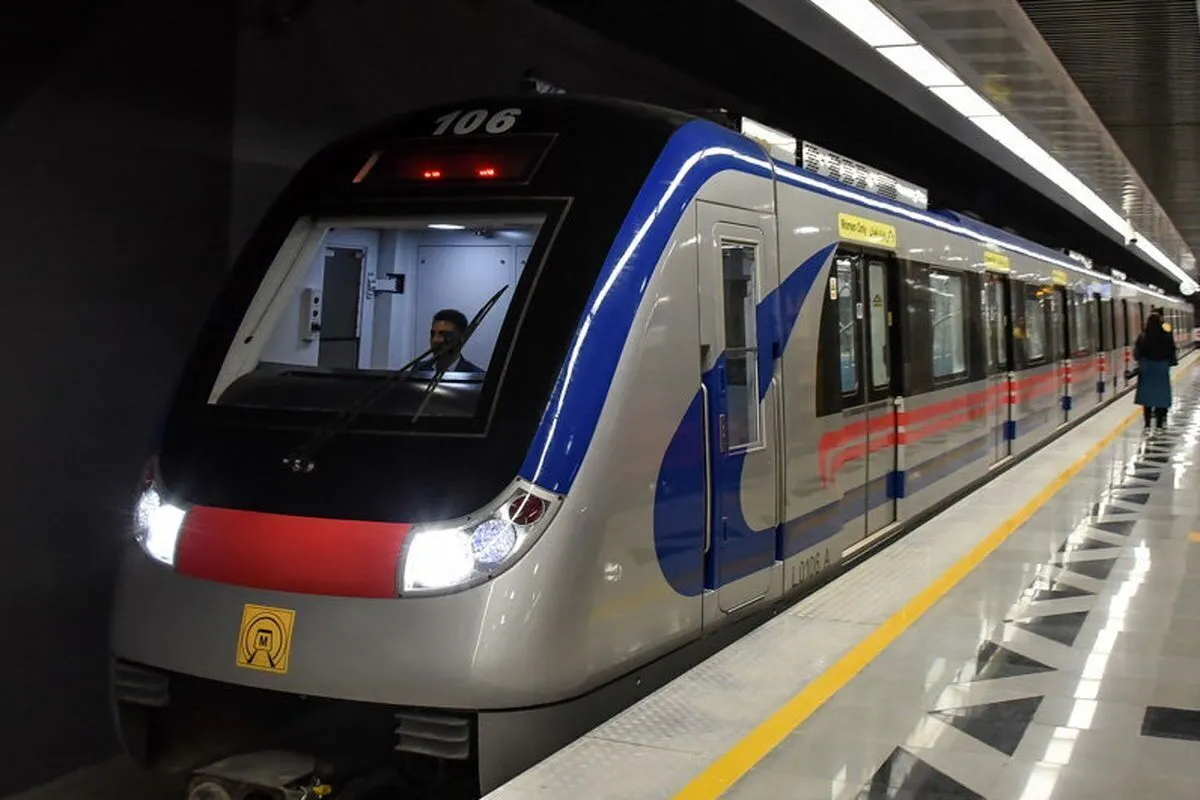Iran-Made AI-Based System Prevents Train Accidents

“Our product is a system to prevent trains from colliding or hitting obstacles. It detects barriers on the train's path based on artificial intelligence by using information and modern technologies,” said Emad Oqabi, the managing director of a knowledge-based company and a member of the electrical department of the Islamic Azad University’s Mashhad branch.
“This system uses the best braking mode based on the obstacle’s distance in a way that the train stops with the minimum shock and the trains do not collide with each other or hit possible obstacles,” he added.
Noting that his company has used the technology that Tesla Motors uses for its self-driving cars, Oqabi said, “A number of trains in Mashhad city (in Northeastern Iran) have been equipped with this system.”
“This knowledge-based product has no foreign sample and it has gone through field tests for nearly two years and been approved by the authorities,” he stated.
In a relevant development in November, an Iranian student of electrical engineering with expertise in electrical transportation at Islamic Azad University’s Najaf Abad branch had presented an idea that helps the optimal use of the energy resulting from braking in the subway trains.
The idea presented by Akbar Barati leads to using the resulting energy from the train’s braking for lighting, escalators, elevators, station battery charging, etc.
“The relatively high wasted braking energy of subway trains is currently wasted or converted into heat in the circuits and boxes installed under the train. The amount of this energy is very high, so we worked on this issue and thought of controlling and using this energy,” Barati said.
He added that the first solution to control and store this wasted energy is the use of supercapacitors which does not have a favorable result because it has a very high weight and occupies a large volume in the wagon, which causes energy losses in the train.
“Therefore, we use the electric circuit of power and transfer this energy outside the train without electrical contact with a circuit similar to a transformer, the primary of which is the train and the secondary of which is the subway station. Now, when the train is in braking mode, the energy is transferred from the primary coil to the secondary coil and enters the circuit of the stations. The wasted braking energy of subway trains is used after being stored for lighting, escalators, elevators, station battery charging, etc.,” Barati said, adding that the loss of energy and fire of the resistors under the wagons are prevented by this method.
4155/v





















